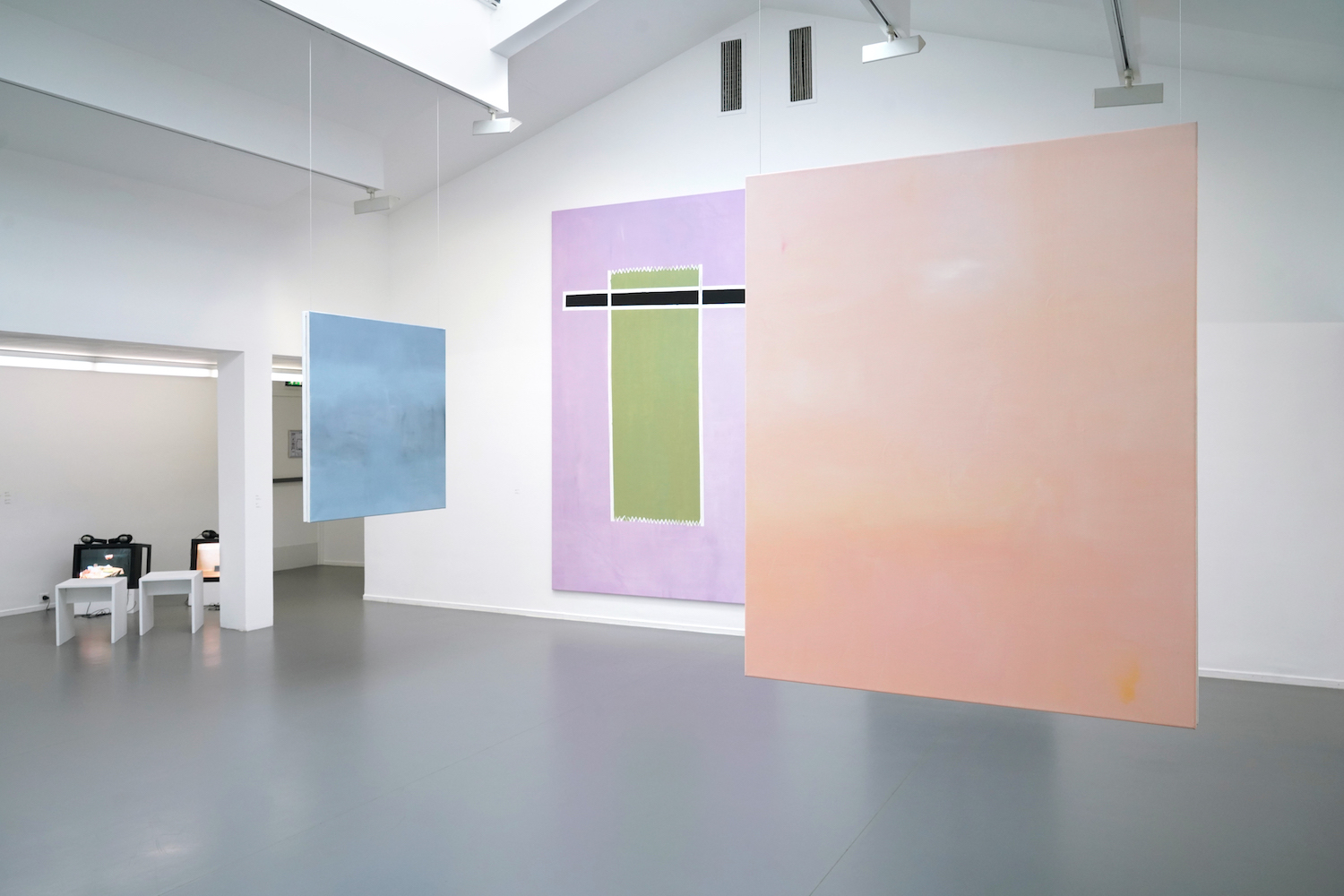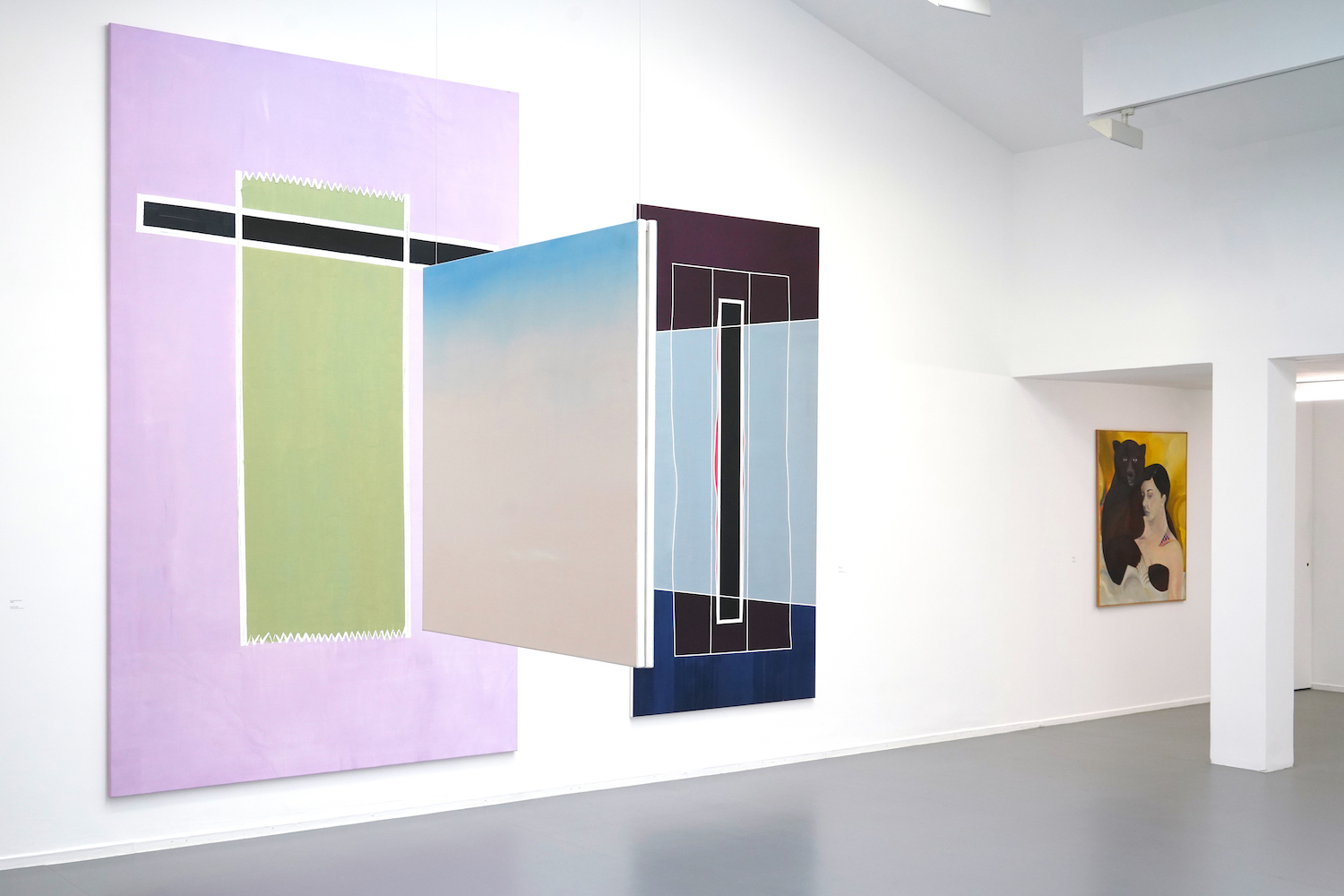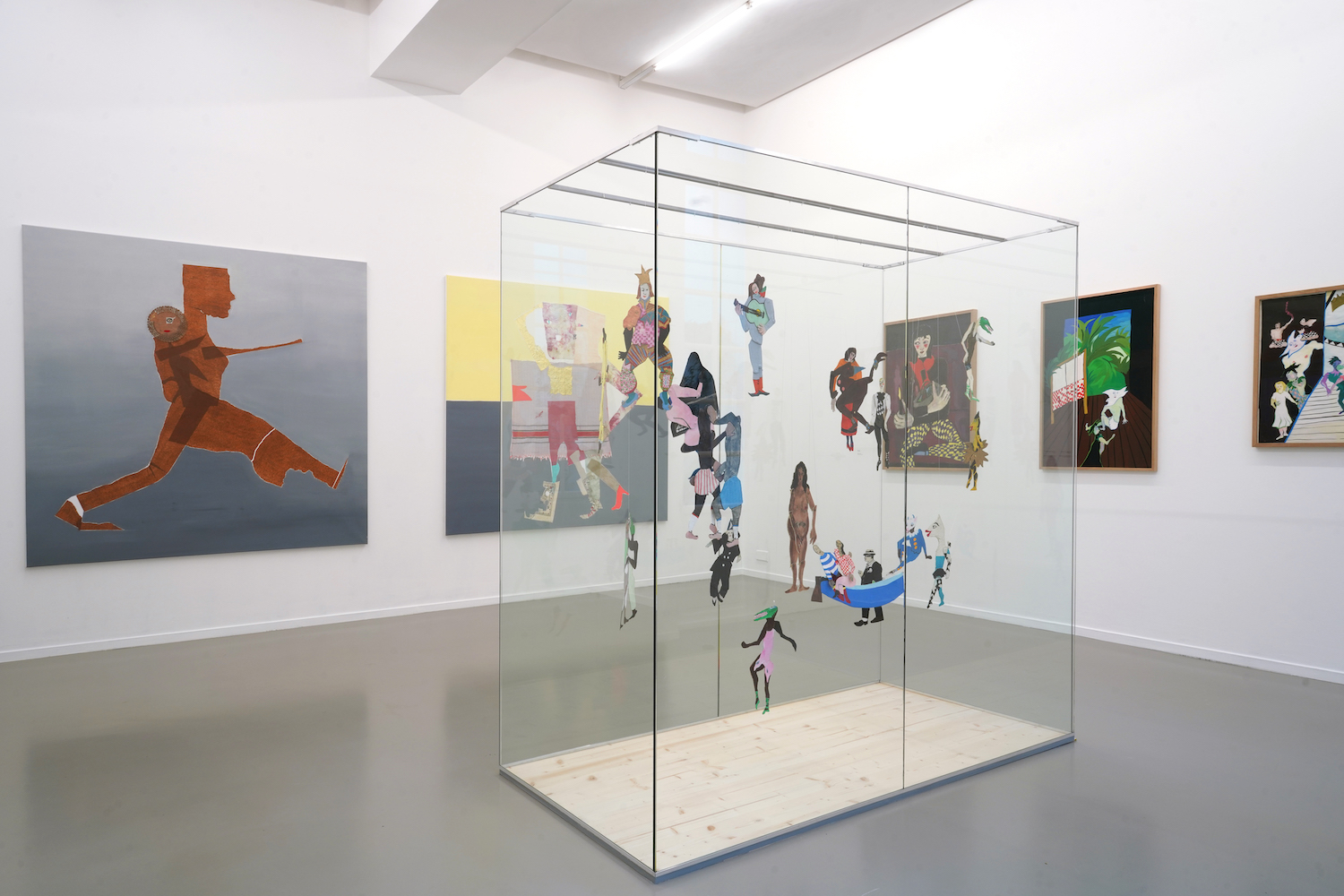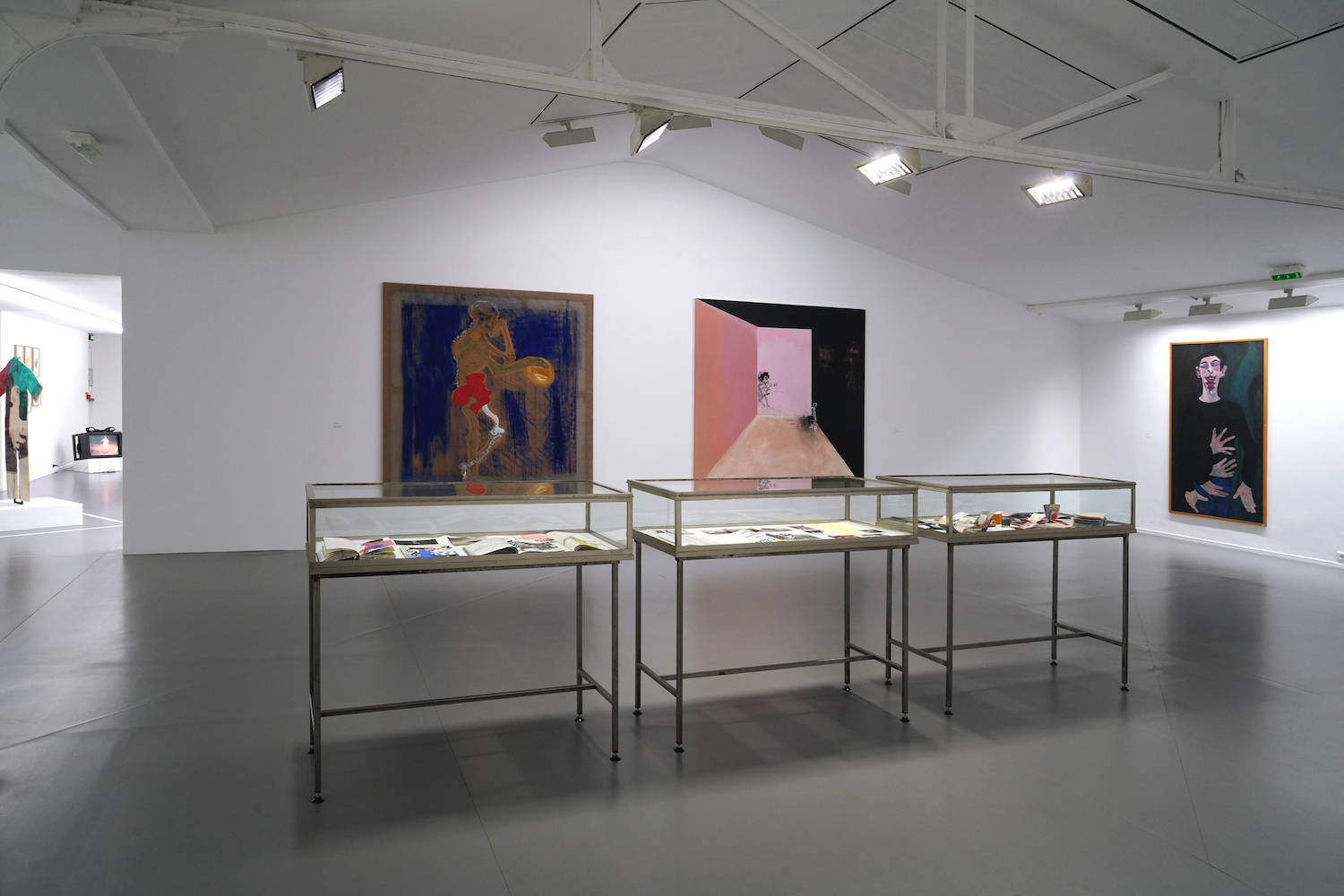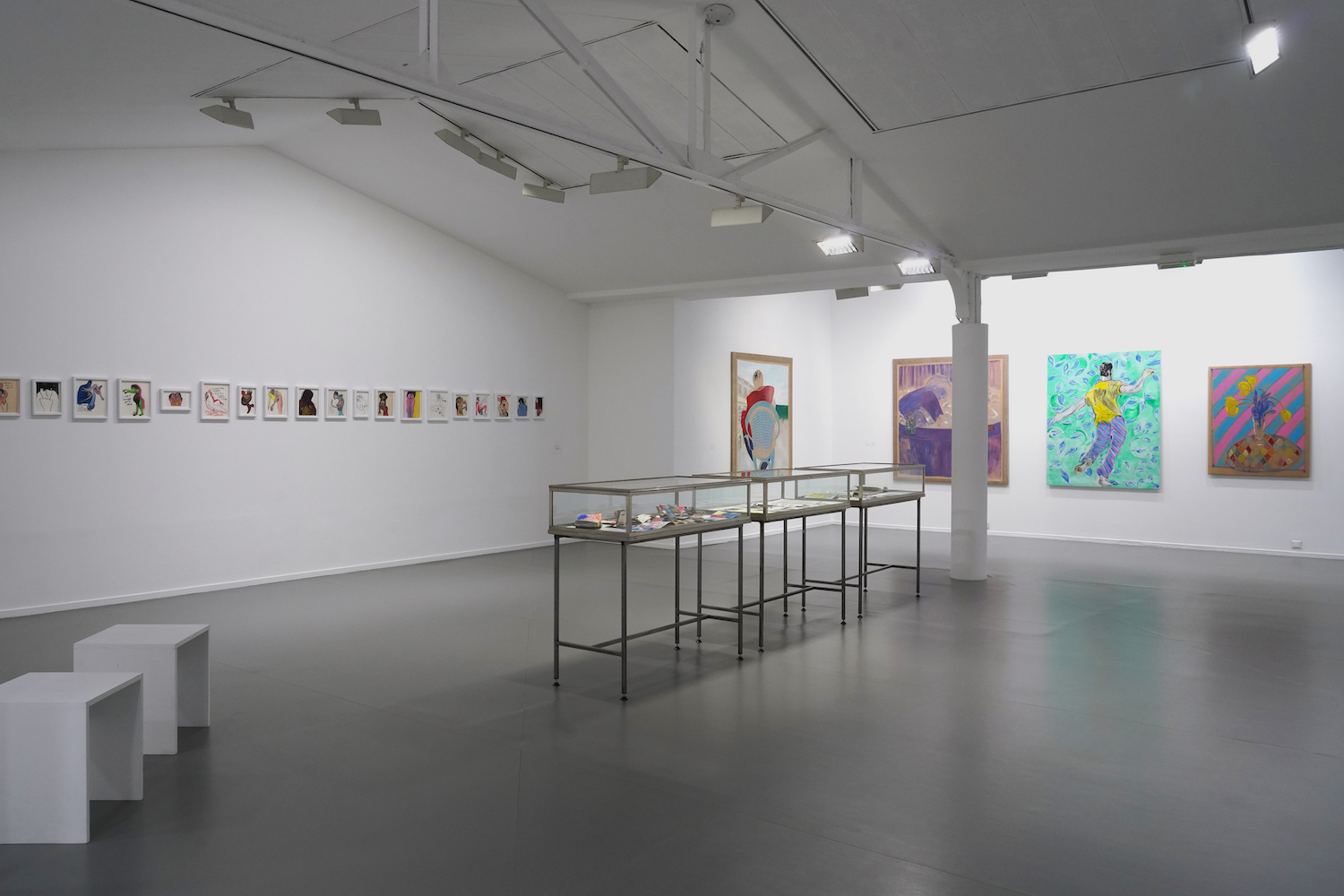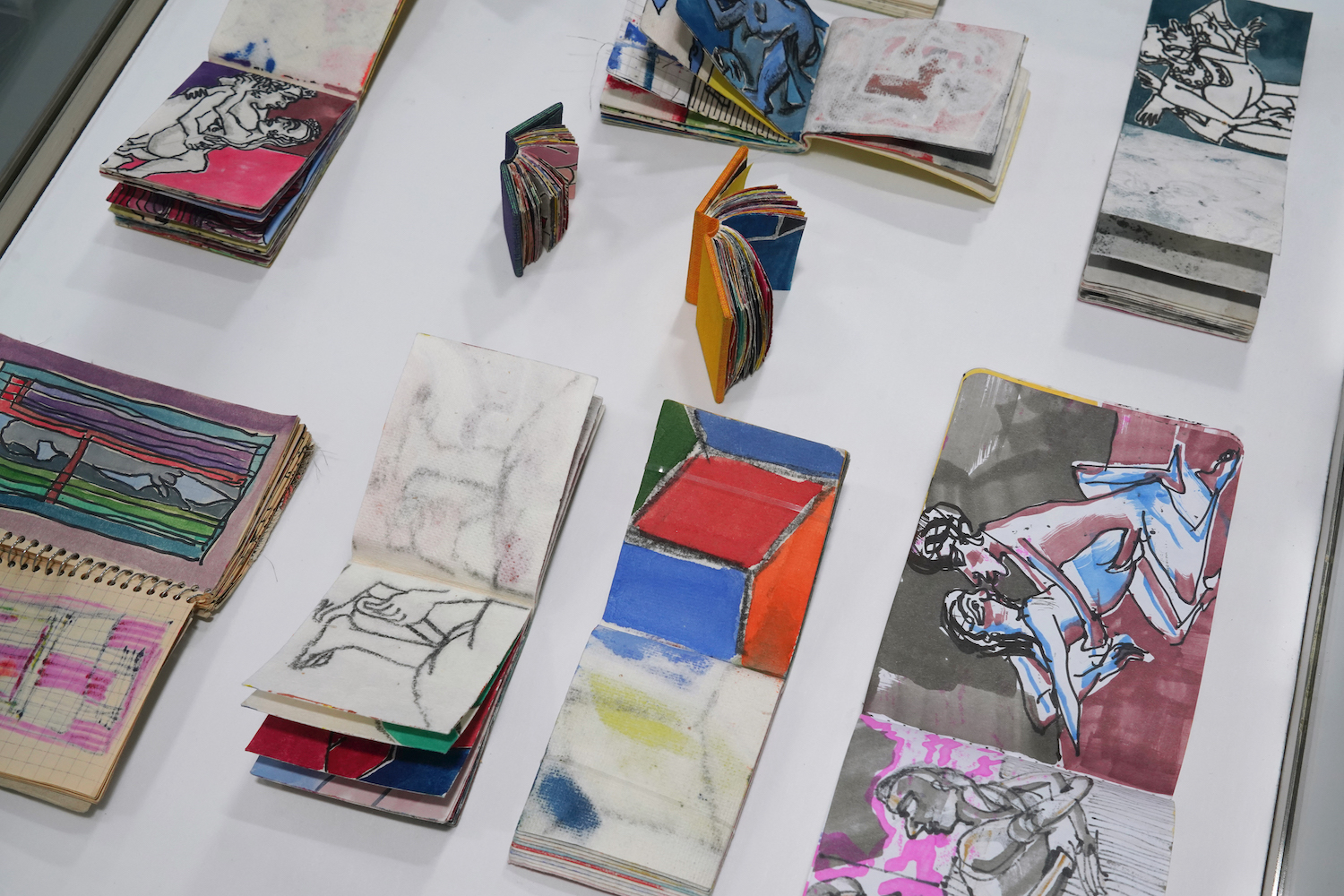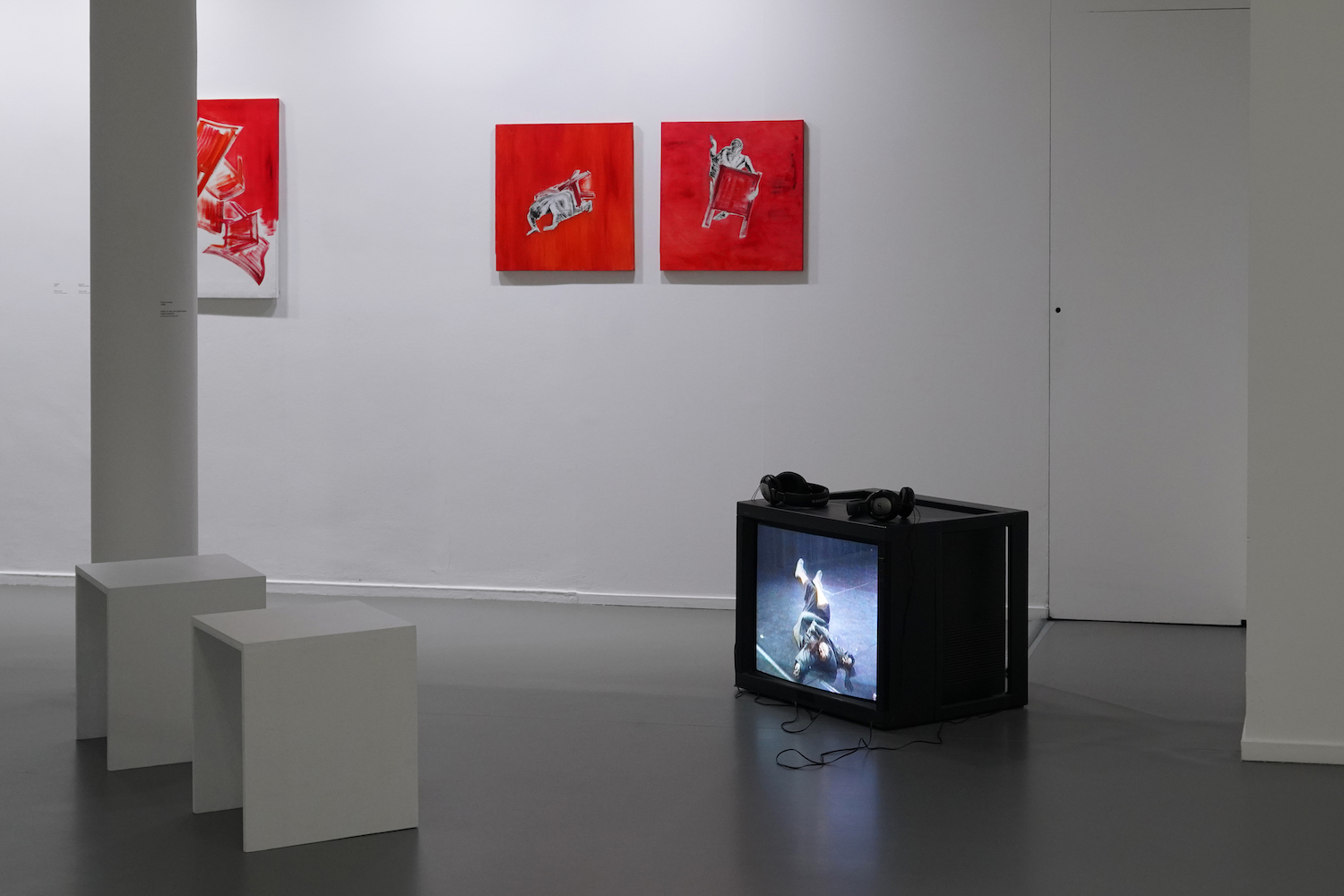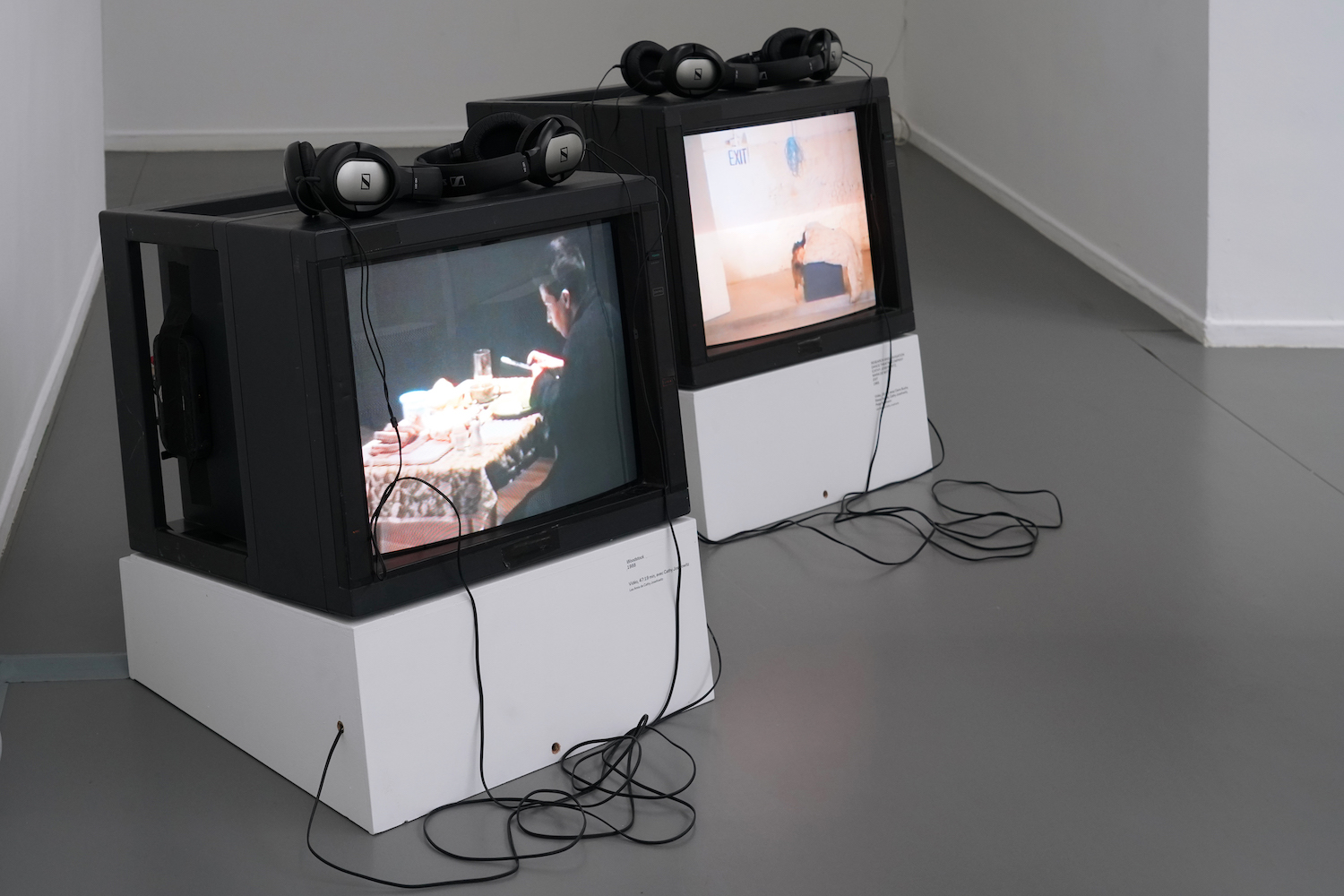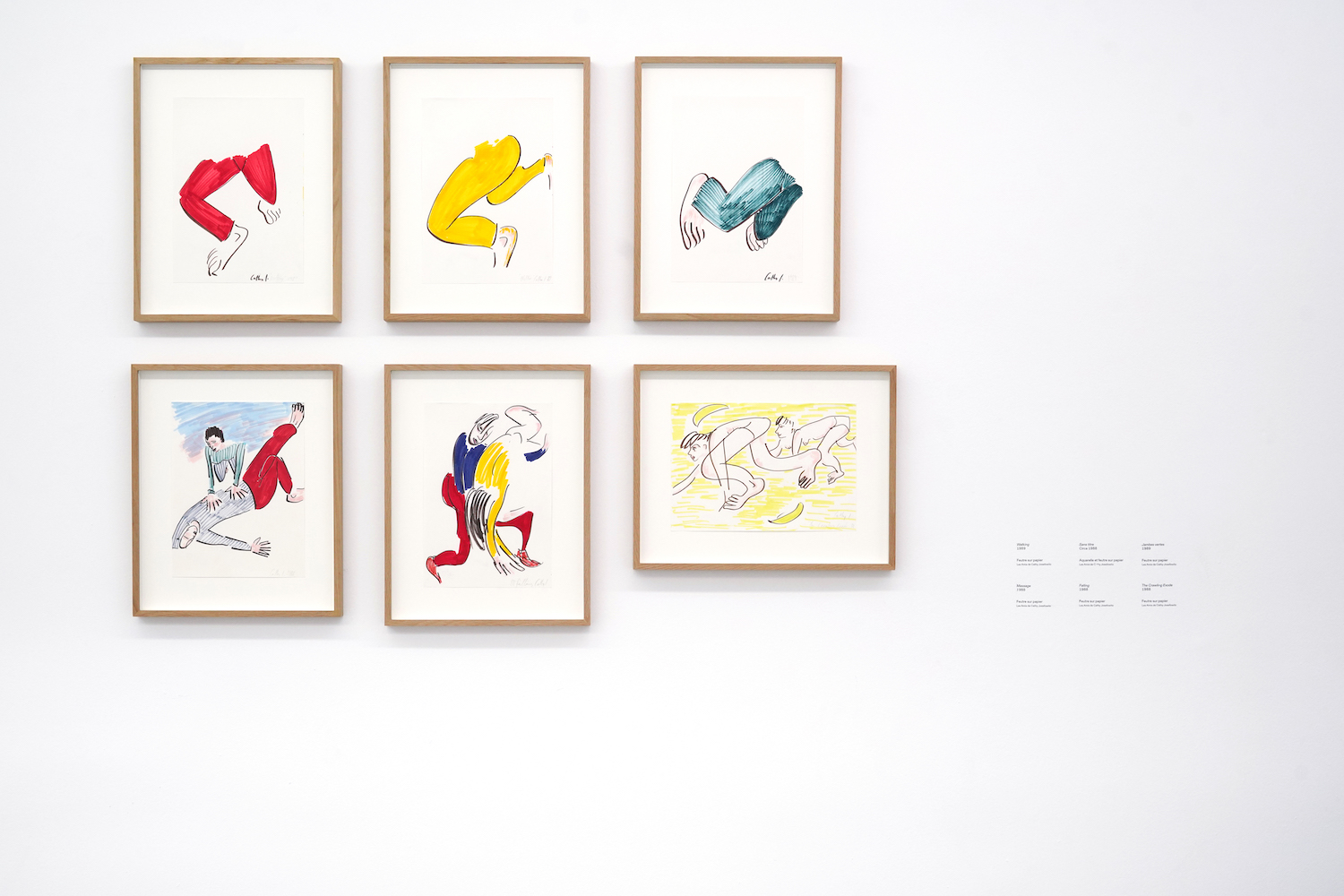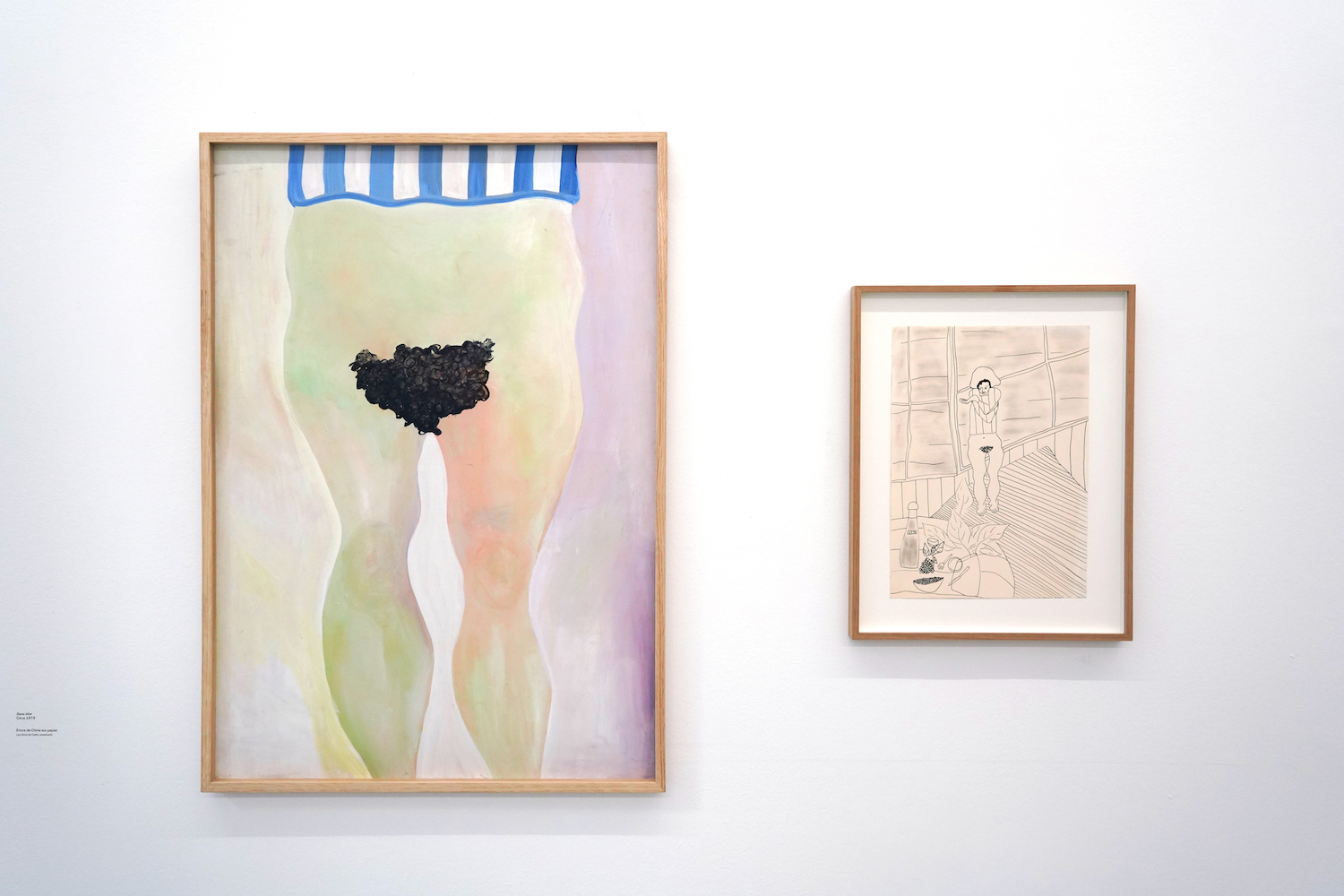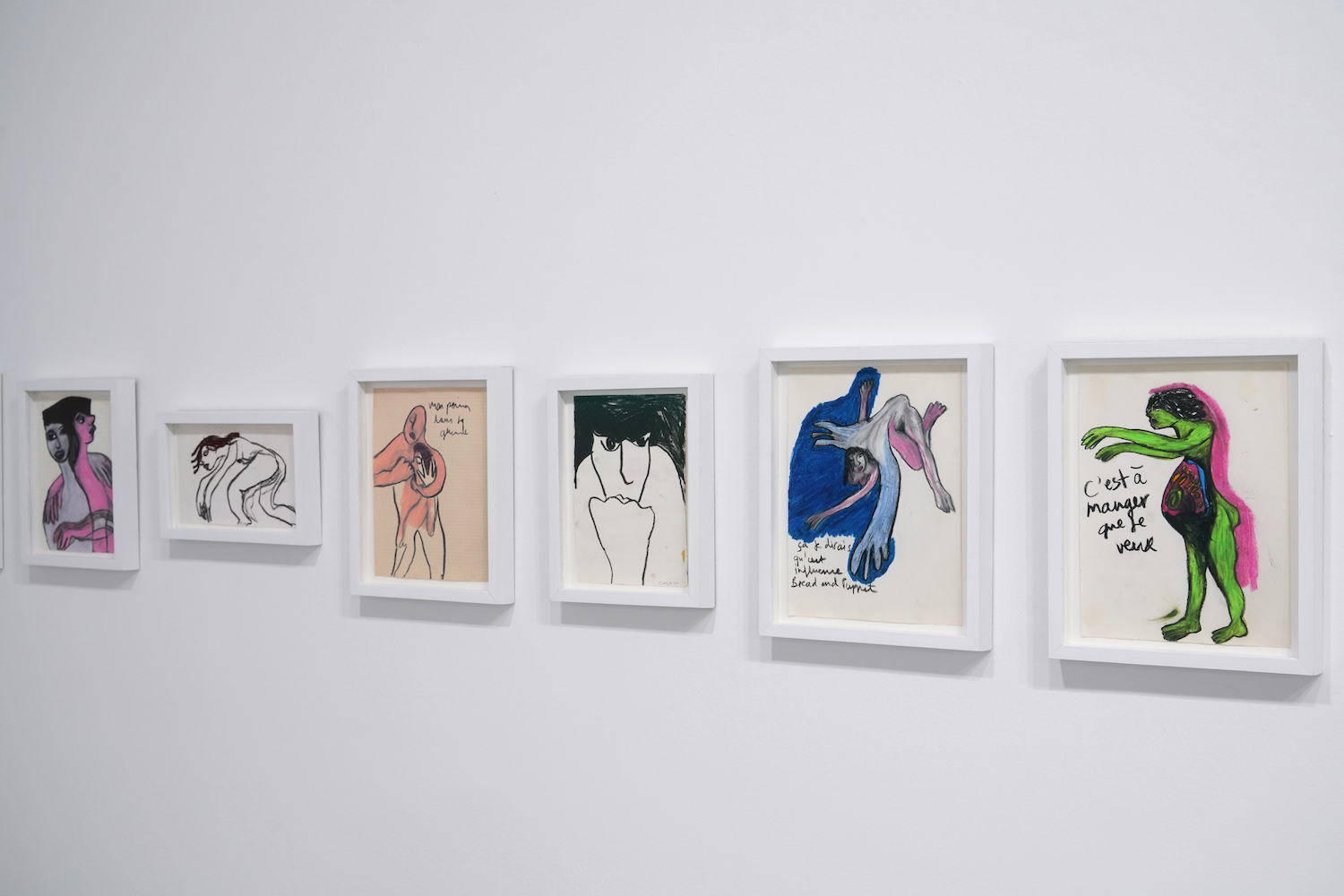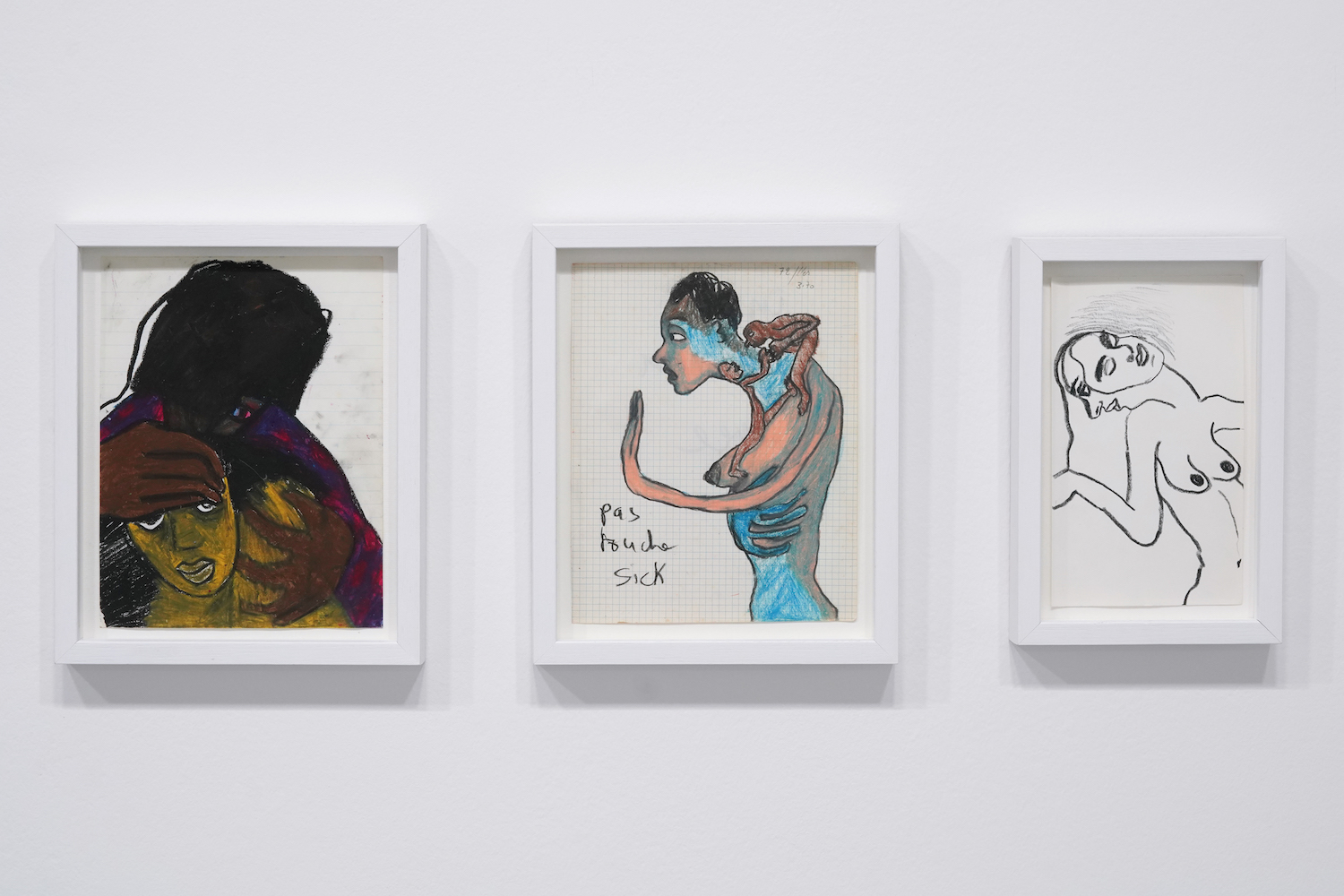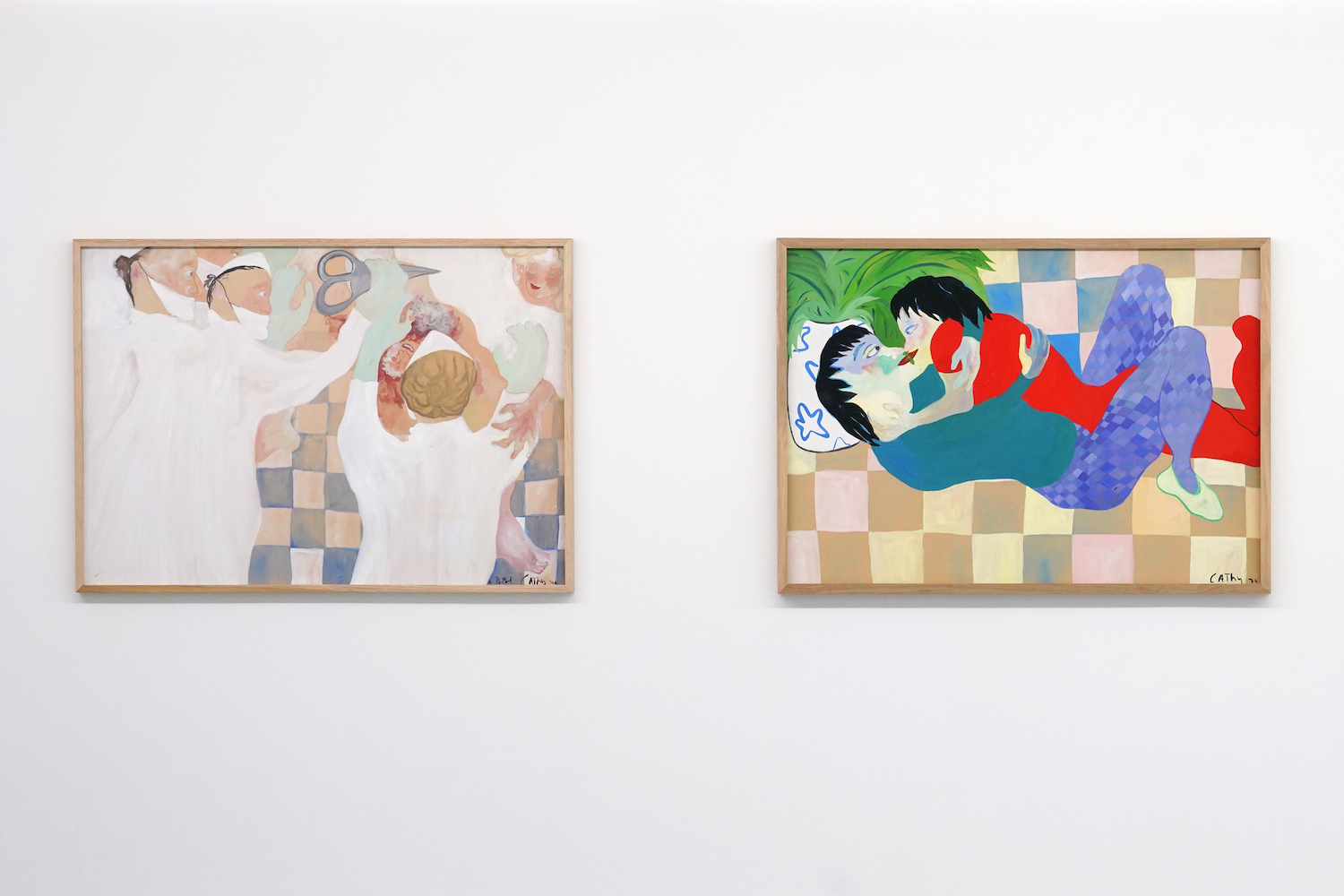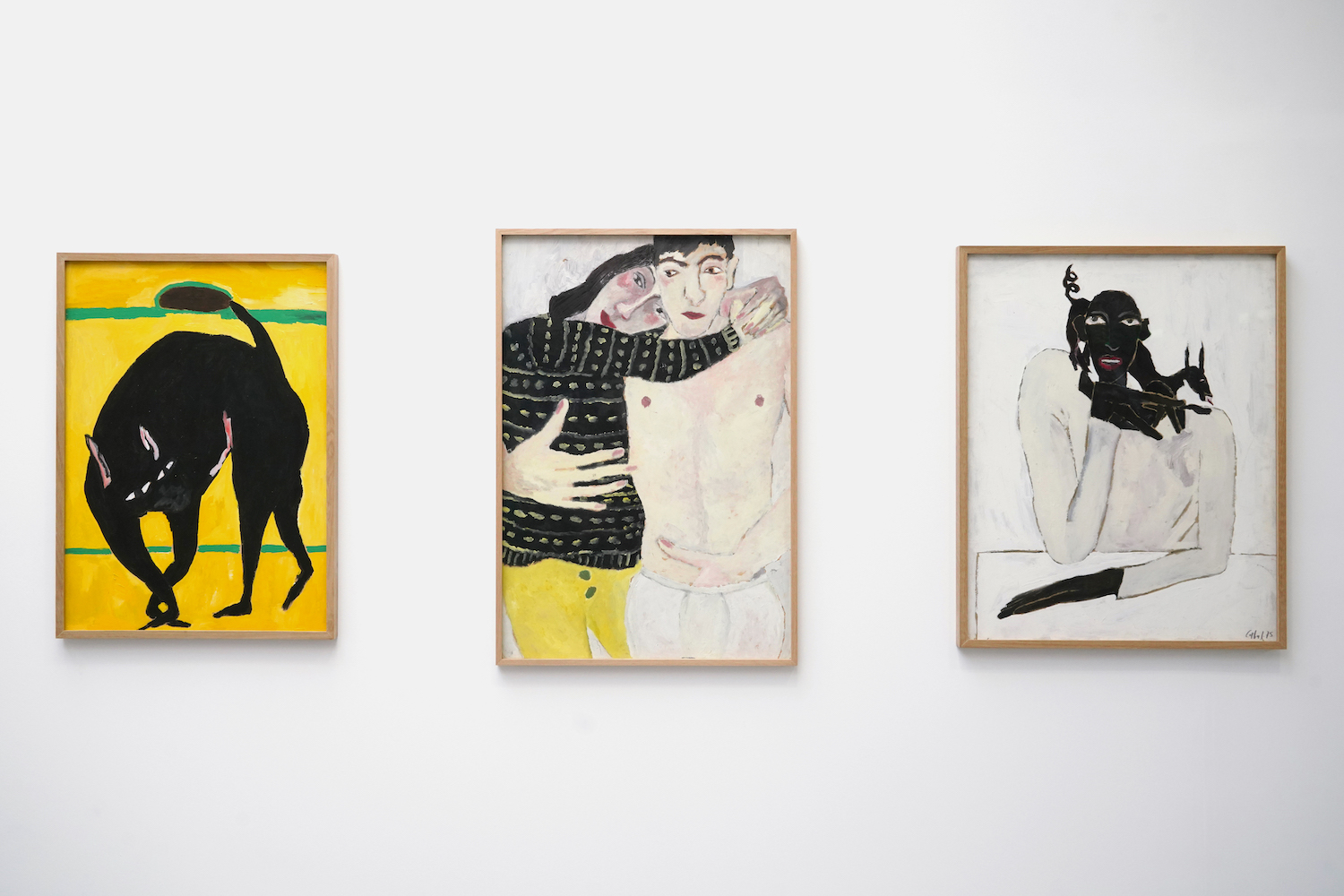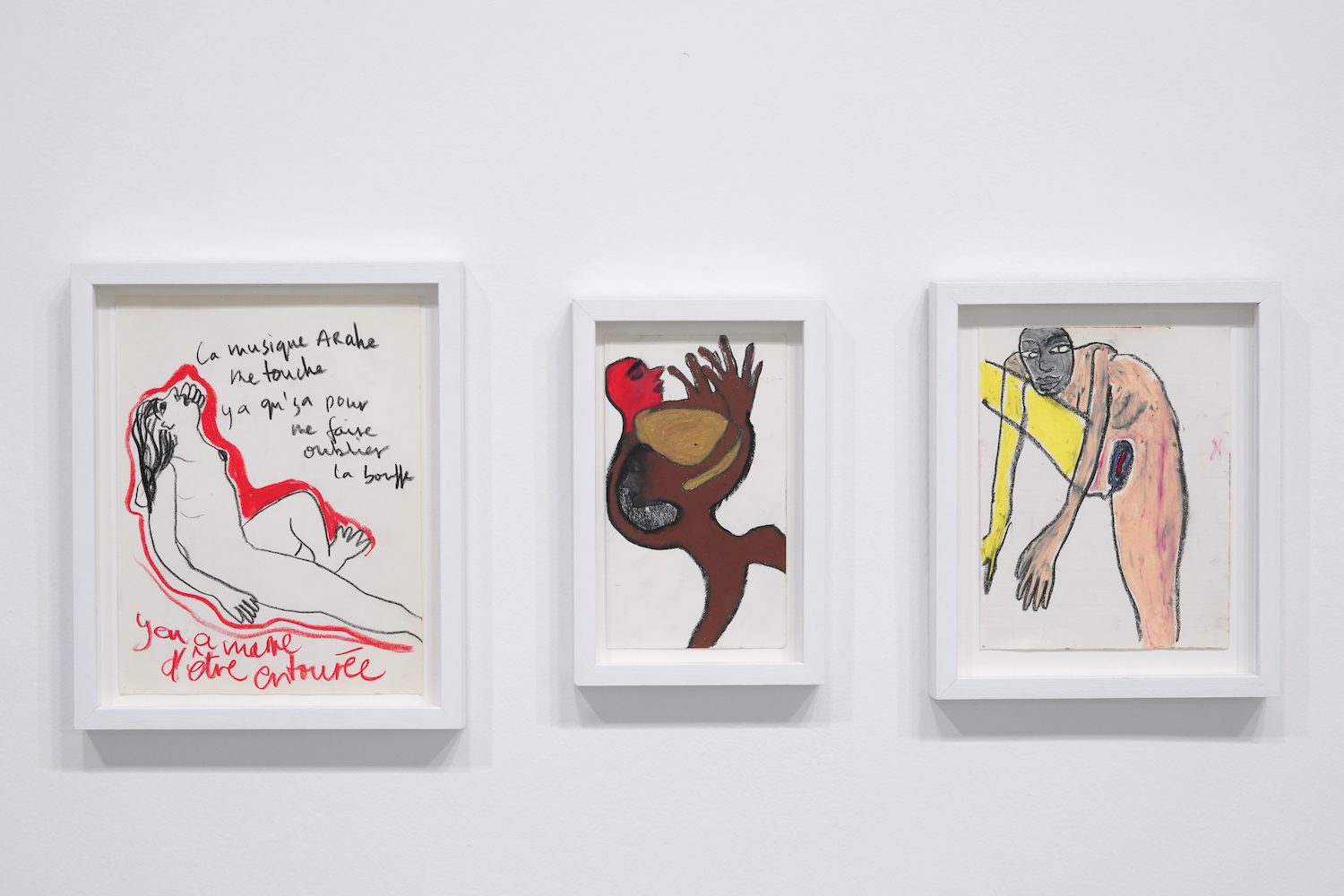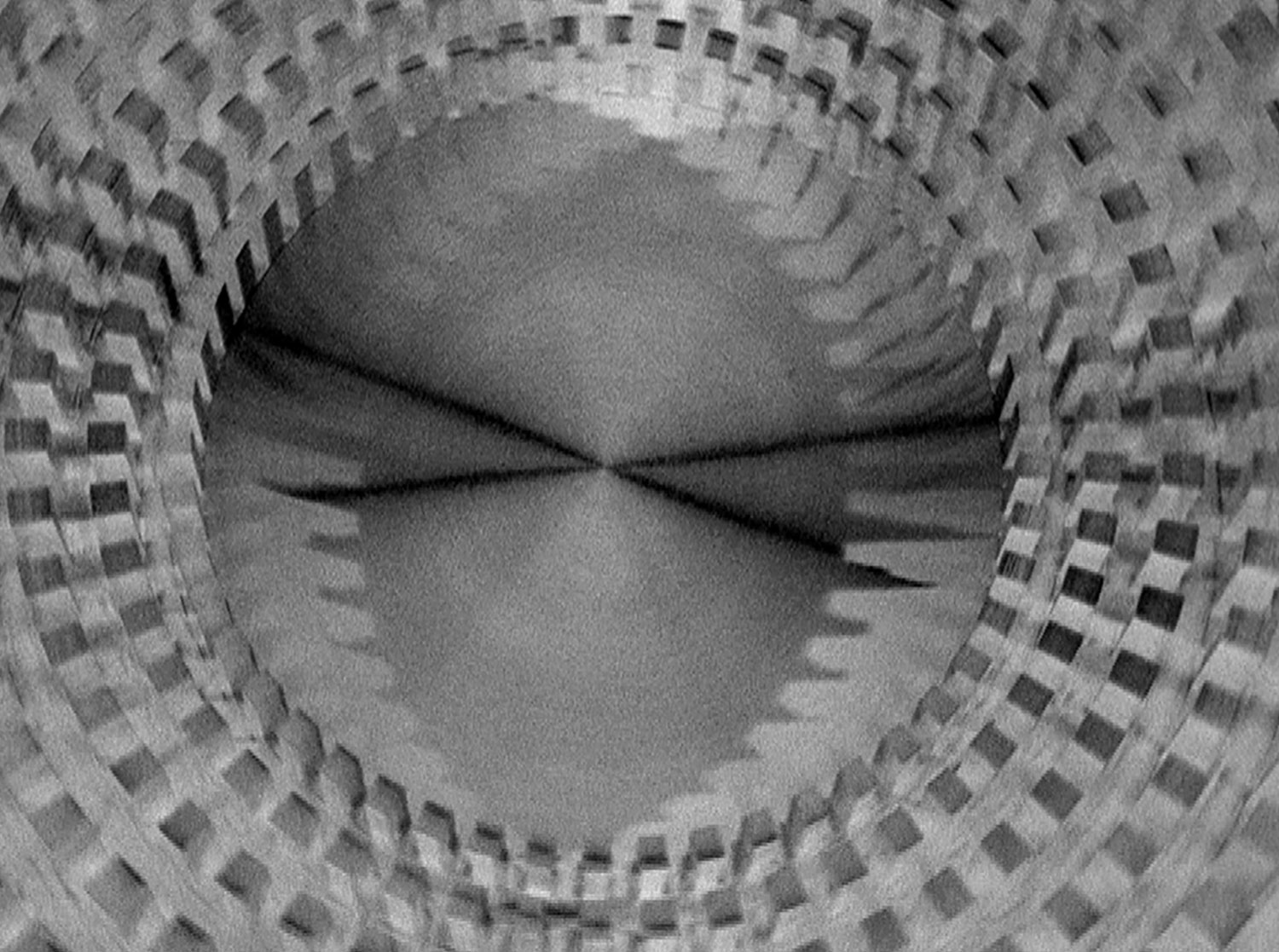The Thinking Body, the largest retrospective to date of the work of Cathy Josefowitz (1956–2014), showcases the entire range of her artistic output, in which paintings and drawings enter into a dialogue with choreography. Her whole life long, she never ceased to deconstruct the hierarchy between the dramatic and the visual arts and, thanks to works whose dimensions and expression reflect the range and the impact of her own body, her oeuvre personifies a reconciliation of two media often treated as disparate in art history. The body — in motion and in relation to other bodies — constitutes the core of her work.
Having departed this life in Geneva, in 2014, Cathy Josefowitz leaves a legacy comprising more than 3‘000 works of art spanning a period of over forty years. While Josefowitz’s work was rarely exhibited during her lifetime, the cosmopolitan Swiss artist’s extensive oeuvre now can be rethought in the context of current discourses: it resonates strangely in light of the present resurgence in Europe and the rest of the western world of questions of identity pertaining to the body, its self-expression, and its representation by others, as well as to the rise of a new syntax of feminist militancy.
This retrospective highlights Cathy Josefowitz’s contribution to art history and contemporary dance and is an opportunity to discover an artist whose work remains still largely unknown.
A prolific artist from a very young age, Cathy Josefowitz gained renown for an art practice revolving around inquiry into the nature of self and of the other, pursued via painting, drawing, performance, and choreography. Born in 1956 in New York, this Swiss artist never ceased to explore incarnation, at times to the point of obsession, in relation to her own physicality as well as that of others; in part in semantic terms, in her representation of the ideal, dysfunctional, invalid, effervescent, ecstatic or, quite simply, inert body; and conceptually, too, through a number of projects that denounced the violence inflicted on the bodies of marginalized members of society, particularly the women among them, and on those of animals. Cathy Josefowitz studied set design at the Théâtre National de Strasbourg before moving to Paris at the tender age of seventeen, to take a degree in visual arts at the École Nationale des Beaux-Arts. In the late 1970s, in the United States, she discovered dance, then primal theater, and later, while studying in the UK at the Dartington College of Arts, the contact improvisation and anatomical release dance techniques pioneered by her avant-garde peers Steve Paxton and Mary Fulkerson, respectively. Her own research into the interrelation of the choreography of movement and the painterly gesture attained ultimate polish at the School for New Dance Development in Amsterdam, where she took a course in choreography from 1987 on.
The exhibition features Cathy Josefowitz’ main groups of works, from all periods of her life: her very first drawings with surrealist undertones; sketches of stage design; a series of puppets; the key figurative paintings of the 1970s depicting marginalized bodies, hybrid beings, and scenes of friendship, love, and interspecies relations; a large series of pastels from her notebooks; and works created during her stay in Italy. A selection of videos of her choreographies create the link between her experimental dance practice and painting. The series of Ciels (Skies), and Prières (Prayers) from the 1990s and 2000s show the more abstract and colorist side of her work towards the end of her life.
The exhibition also occasions a new performative work by the Swiss-American artist Garrett Nelson (1982). In their research into Josefowitz’s work as a dancer and painter, Nelson explores the experimental dance context as well as a form of painting that “is embodied.” Their performance, presented at the Kunsthaus Langenthal, at the Centre culturel suisse. Paris and at the Arsenic – Centre d’art scénique contemporain, Lausanne, was produced in collaboration with La Becque | Artist Residency, La Tour-de-Peilz.

